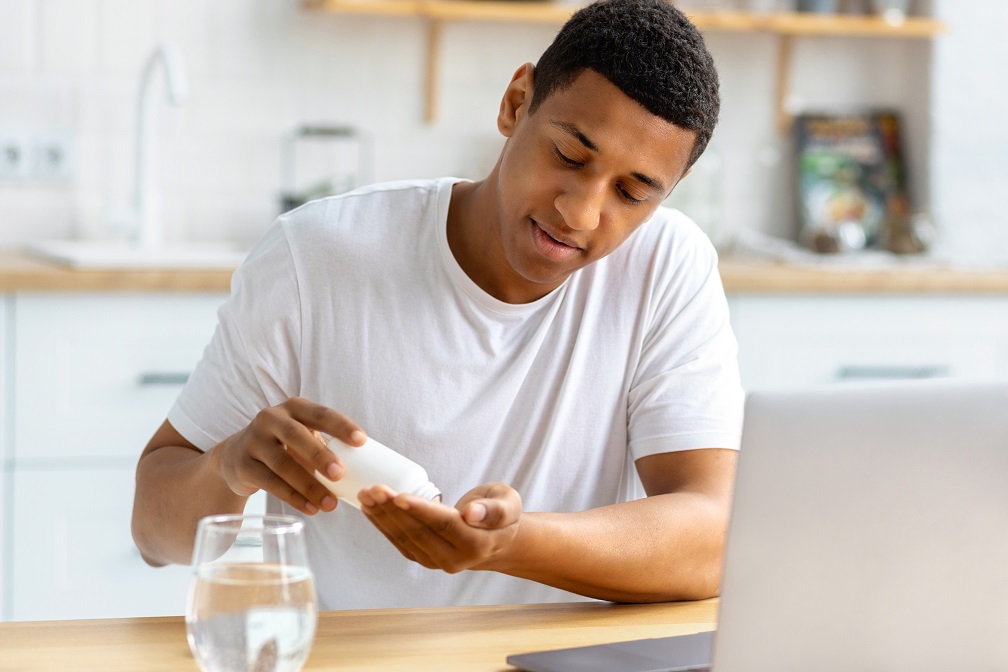Food safety after a heart or lung transplant
Information about food hygiene, food safety, eating out and eating abroad for heart and lung transplant recipents.
After your transplant, your risk of infection is greater than before due to the immunosuppressant medications that you are given to reduce the chance of organ rejection.
This means you are more likely to get food poisoning if the food you eat is not safely and hygienically prepared.

As a transplant recipient, it is important that you protect yourself from food poisoning.
The reason for this is that food poisoning can cause vomiting and diarrhoea which may stop you absorbing your medication properly, putting you at risk of rejecting your transplanted organ.
You should follow these guidelines throughout your lifetime as your natural defence system will remain weakened, particularly if there are changes to your immunosuppressant medications.
Foods to avoid after a transplant
We have listed some common foods and divided them into low risk and high risk categories.
Low risk foods are foods that, if cooked, prepared and stored properly, are not likely to be harmful to you after your transplant.
High risk foods should be avoided completely. Many of these foods can contain harmful bacteria, which your immune system may struggle to cope with due to the immunosuppressant medication you are taking.
If you would like advice about a food not-listed here, please contact your transplant team.
Lower risk
- Pasteurised, sterilised, tinned, dried and UHT milk
- Pasteurised yoghurt
- Hard, frozen ice-cream kept in a freezer
High risk
- Unpasteurised yoghurt or milk
- Soft, whipped ice-creams sold from vans and kiosks
Lower risk
- Hard cheeses such as cheddar, white Stilton, edam and lancashire
- Cream cheese and processed cheeses such as cheese spreads and cheese slices
- Non-mould-ripened, soft cheeses such as cottage cheese, mozzarella, feta (please check to ensure they are made from pasteurised milk)
- Unpasteurised cheese that has been cooked until piping hot
High risk
- Soft mould-ripened cheeses such as gorgonzola, danish blue, brie, camembert
- Soft goat’s cheese such as chevre
- Hard-blue cheeses such as blue stilton, shropshire blue
- Uncooked cheese made from unpasteurized milk
Lower risk
- All eggs if they are cooked all the way through including a firm yolk
- Mayonnaise and desserts made using pasteurised egg, such as shop-bought varieties
Liquid pasteurized egg
High risk
- Cracked eggs
- Semi-cooked, raw eggs or foods that may contain this type of egg, such as homemade mayonnaise, homemade ice-cream and homemade tiramisu
Lower risk
- Well-cooked meats, cooked until the juices run clear
- Date-stamped, pre-wrapped, cooked meats
- Bottled meat pastes and pâté that do not need to be refrigerated before opened
- Tinned and vacuum-packed cooked meat
High risk
- Raw or under-cooked meats, including steak, lamb
- Cold cured meats such as parma ham, chorizo, carpaccio and salami
- Unpasteurised pâté
Lower risk
- Well-cooked fresh, frozen, and tinned fish and shellfish, such as prawns, crab, oysters and mussels
High risk
- Raw or lightly cooked fish and shellfish such as prawns, crab, oysters, and mussels unless pasteurised or canned
Lower risk
- Washed fresh fruit and veg, tinned or frozen fruit and vegetables
- Pre-packaged coleslaw, potato salads, etc.
High risk
- Raw or uncooked sprouts such as bean sprouts (mung bean and soybeans), radish, clover, alfalfa
- Unwashed or bruised fruit and vegetables
- Avoid eating from salad bars
- Deli-shop bought salads such as coleslaw, potato salad etc.
High risk
- Untreated tap water such as from wells or springs
- Unpasteurised fruit juice, real ale or cider
- Unpasteurised honey
- Reheated rice including fried rice
- Buffet food or any food that has been left out uncovered or at room temperature for more than 2 hours
Best before and use by dates
No food lasts forever. Most pre-packed foods carry either a 'use by' or a 'best before' date.
Use by dates appear on foods that 'go off' or spoil quickly. It can be dangerous to eat foods past this date.
Best before dates are for foods with a longer life. They estimate how long the food will be at its best.
It's important to remember that although food can look and smell fine after its use by date, that doesn’t mean it is safe to eat. It could still contain bacteria or bugs that could make you ill.
Eating Out and Take-Aways
Only eat out or buy take-away foods from restaurants rated 5 stars for food hygiene.
Visit the Foods Standards Agency website to check a food hygiene rating
Avoid all high-risk foods.
Try to order a plated meal that is cooked fresh to order.
Ensure your meal is piping hot and thoroughly cooked.
If you need to eat from a buffet, try to be first in queue and not go back for further servings as it may become contaminated.
